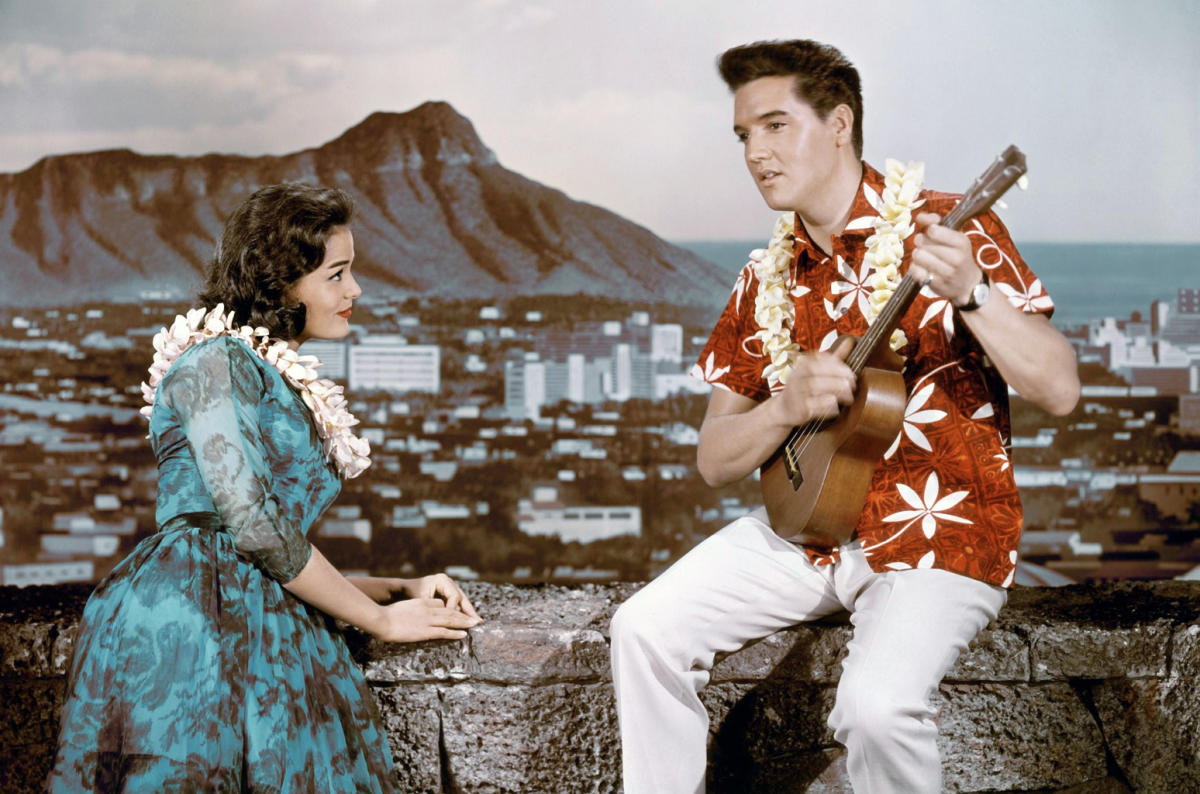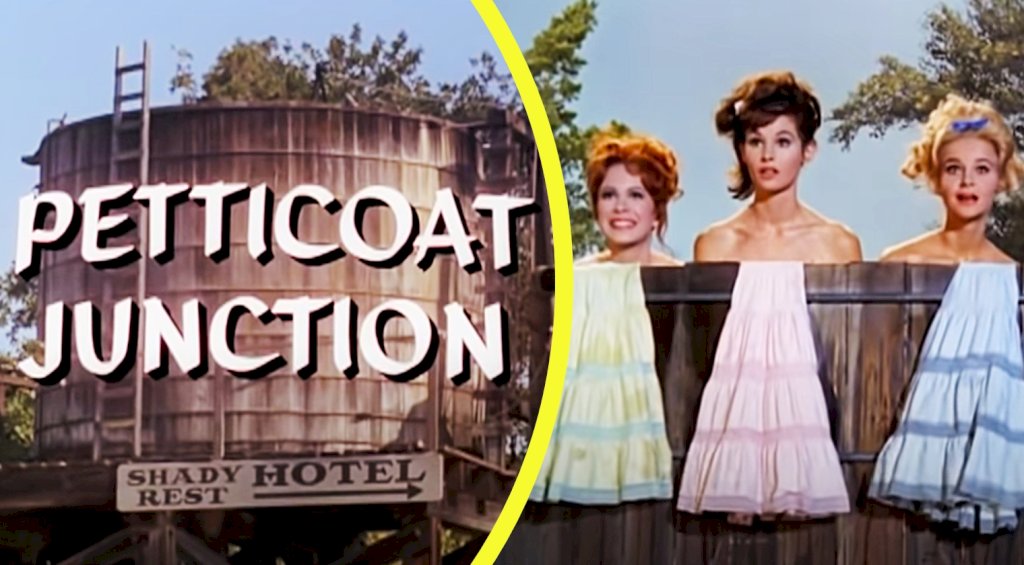In 1934, a six-year-old Shirley Temple was already a box office sensation. With her signature dimples, infectious smile, and precocious talent, she had captivated audiences in films like "Stand Up and Cheer!" (1934) and "Little Miss Marker" (1934). But it was her performance in "Bright Eyes" that truly cemented her status as a Hollywood icon.

"Bright Eyes" is a heartwarming Depression-era melodrama that tells the story of Shirley Blake (Temple), an orphaned girl caught in a custody battle between her devoted godfather, pilot James Merritt (James Dunn), and her wealthy but cold-hearted relatives, the Smythes (Charles Sellon and Louise Beavers). The film capitalizes on Temple's strengths, showcasing her singing, dancing, and undeniable charm.

The narrative revolves around Shirley's resilience in the face of hardship. Having lost her father in a plane crash and her mother to a car accident, she finds solace in her relationship with James, who becomes a father figure. Their bond is central to the film's emotional core, and their interactions are heartwarming and genuine.
However, the Smythes, particularly Uncle Ned (Sellon), see Shirley as an opportunity to improve their social standing. They begrudgingly take her in but shower her with disdain, highlighting the stark contrast between their wealth and their lack of compassion.

Despite the film's melodramatic plot, it's Temple's performance that truly elevates it. Her natural charisma and ability to connect with the audience are undeniable. Whether singing the now-iconic "On the Good Ship Lollipop" or delivering tearful pleas to stay with James, she conveys a range of emotions that transcends her young age.

"On the Good Ship Lollipop" became Temple's signature song. Sung with playful energy and an innocent charm, it remains a classic children's song even today. The film also features other memorable tunes like "Let a Smile Be Your Umbrella" and "The Littlest Fellow," showcasing Temple's versatility as a performer.

"Bright Eyes" was not just a lighthearted musical. It resonated with Depression-era audiences struggling with economic hardship and the loss of loved ones. The film offered a message of hope and resilience, embodied by the indomitable spirit of Shirley. Her ability to find joy amidst tragedy provided a much-needed escape for audiences during a difficult time.

The film's success solidified Temple's place as a national treasure. She became a symbol of optimism and cheerfulness during a bleak period in American history. "Bright Eyes" grossed over $6 million, effectively saving Fox Film Corporation from bankruptcy. It cemented Temple's status as the highest-paid child star in Hollywood and launched a merchandising empire that included dolls, clothes, and sheet music.

However, Temple's legacy is complex. While her talent was undeniable, critics point out the manipulative way Hollywood constructed her image. Her films often placed her in "adult" situations, downplaying the realities of childhood for entertainment purposes.
Despite these critiques, there's no denying Temple's impact on popular culture. "Bright Eyes" remains a testament to her undeniable talent and her ability to connect with audiences on a deep emotional level. It's a film that continues to resonate, showcasing the power of a child's spirit to overcome adversity and bring joy to the world.
Full movie
Photo Gallery















